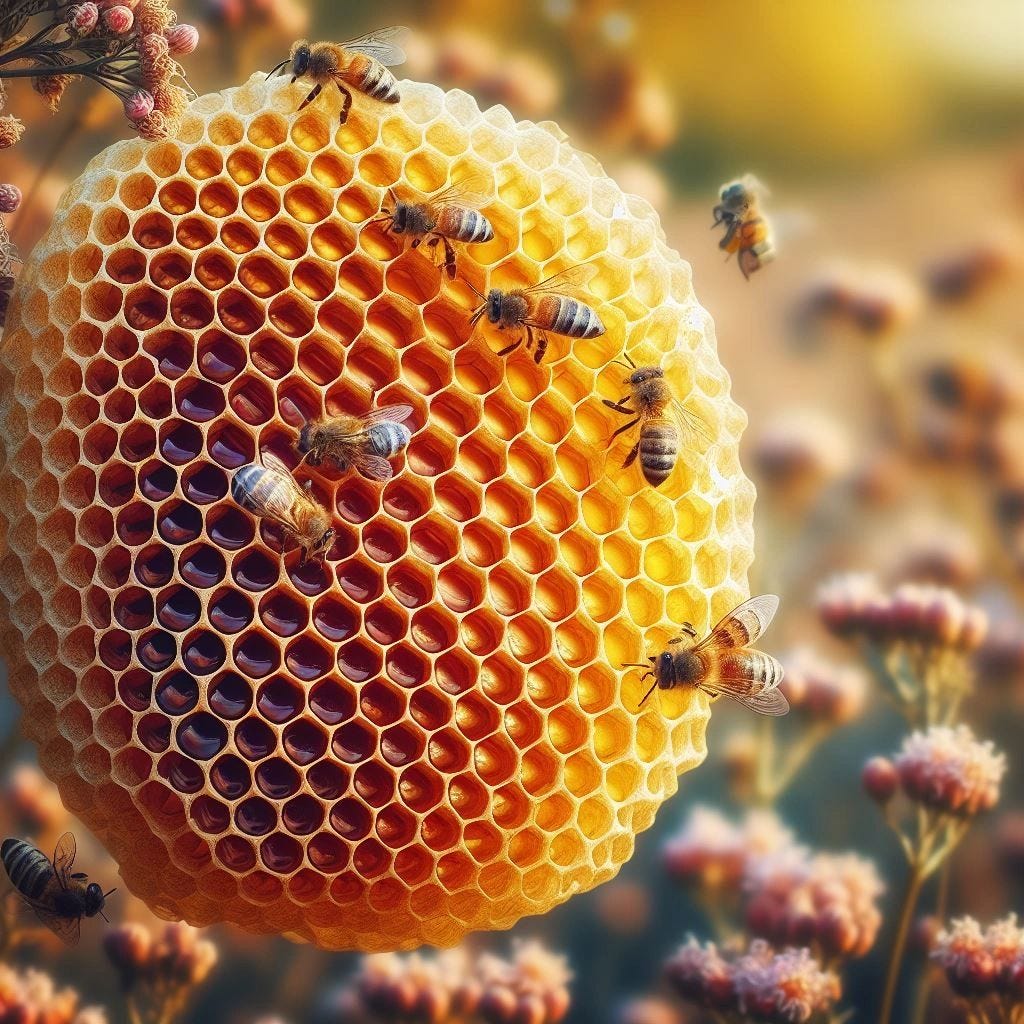
Honey Processing
The Journey from Hive to Jar

The Bees at Work
The process starts in clean, eco-friendly areas where bees gather nectar from different wildflowers. These flowers are chosen to create rich flavors and high-quality honey. As the bees fly from flower to flower, they collect nectar while also helping plants grow by pollinating them. This natural process keeps the environment healthy and thriving.

Natural Honeycomb Creation
After collecting nectar, bees go back to their hives and turn it into honey. Inside the hive, the nectar is naturally processed by enzymes and stored in wax honeycombs that the bees build themselves. These combs are the perfect place to keep the honey fresh and pure, ensuring its natural flavor and quality.

Gentle Harvesting
At Honeyanno, we care for our bees while collecting honey. Our beekeepers gently remove honeycombs without harming the bees or disturbing their natural habitat. We always leave enough honey in the hives to ensure the bees have what they need to thrive. This careful and ethical approach helps keep our bees healthy and happy while providing you with high-quality honey.

Raw and Unfiltered
After harvesting, the honey is carefully extracted from the honeycombs. We use gentle methods to strain out impurities like small bits of wax, while keeping the honey raw and unfiltered. This means the honey keeps all its natural nutrients, enzymes, and antioxidants, delivering both great flavor and amazing health benefits.

Ensuring Perfection
Before packing, every batch of honey is thoroughly tested to meet our high standards. We check for purity, taste, and texture to make sure each jar is perfect. Our quality assurance process guarantees that Honeyanno Honey is free from any additives or chemicals, giving you pure, natural honey you can trust.
.webp)
Eco-Friendly Packaging
The final step is packing the honey in recyclable, eco-friendly jars. These jars are designed to keep the honey fresh and preserve its natural goodness until it reaches your table. By choosing sustainable packaging, we ensure our process is kind to the environment while delivering the best honey to you.
.webp)
Honeyaano 100% Natural Unfiltered Honey
Experience pure, raw, and unfiltered honey with Honeyaano. Our certified organic honey retains all natural enzymes and nutrients, offering a wholesome sweetener for your daily delights.
-

No Chemicals
-

Non-GMO
-
.webp)
No Preservatives
-

Sustainably Sourced
-

No Additives
-

No Artificial Colours

